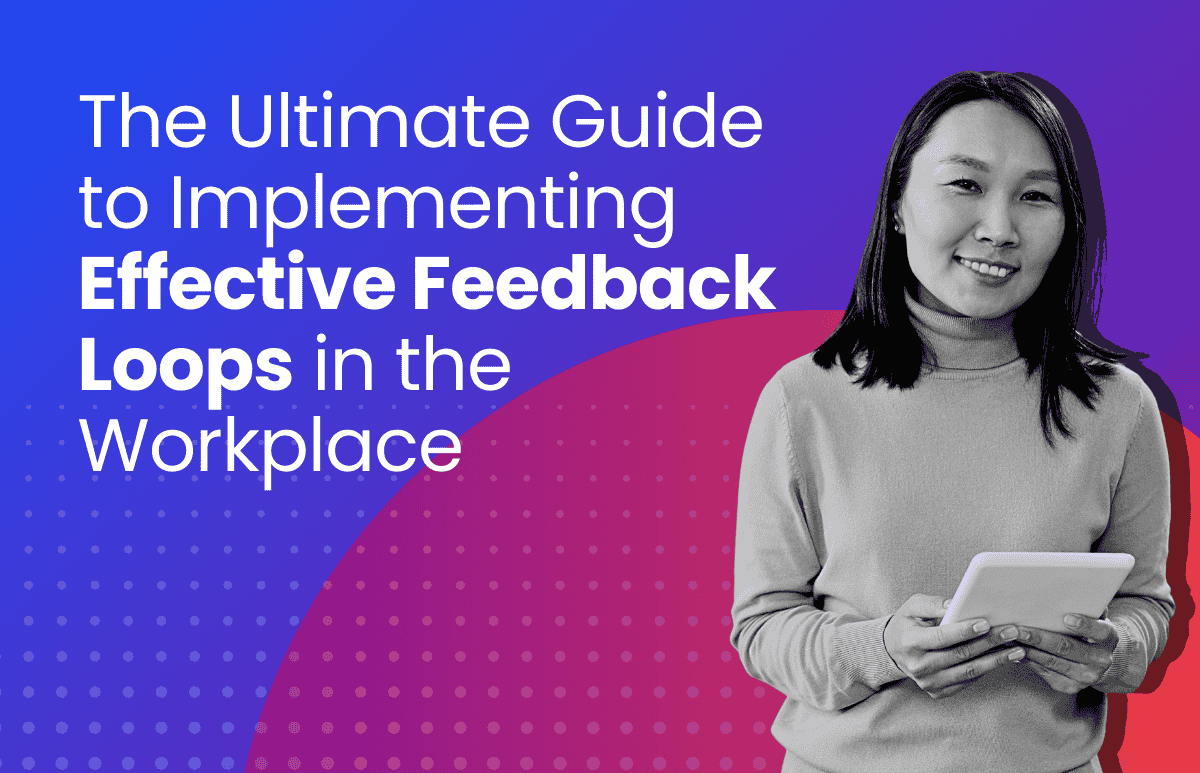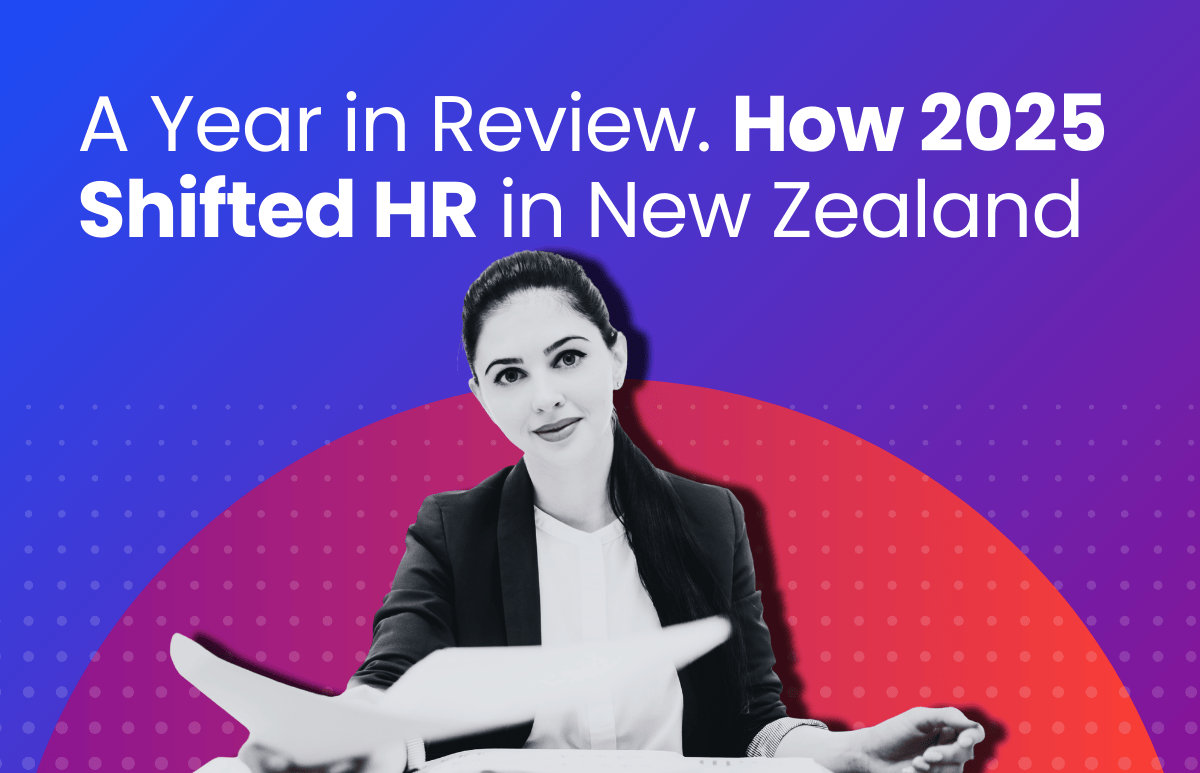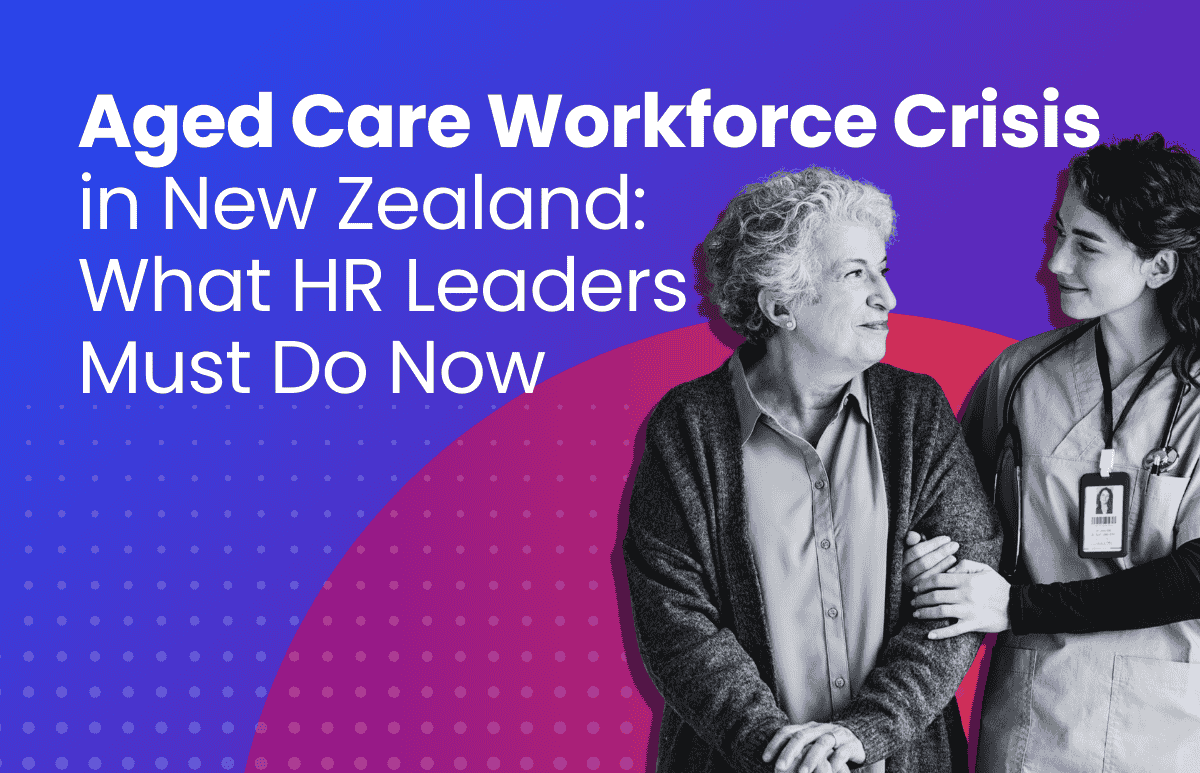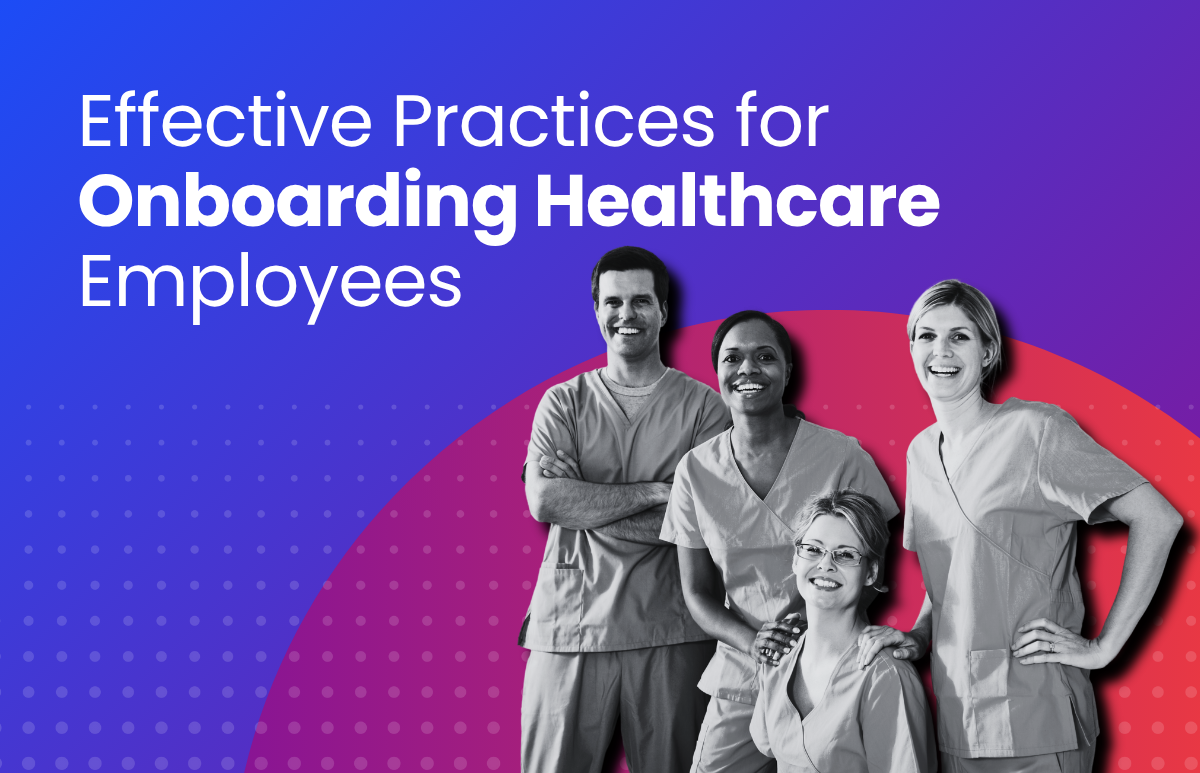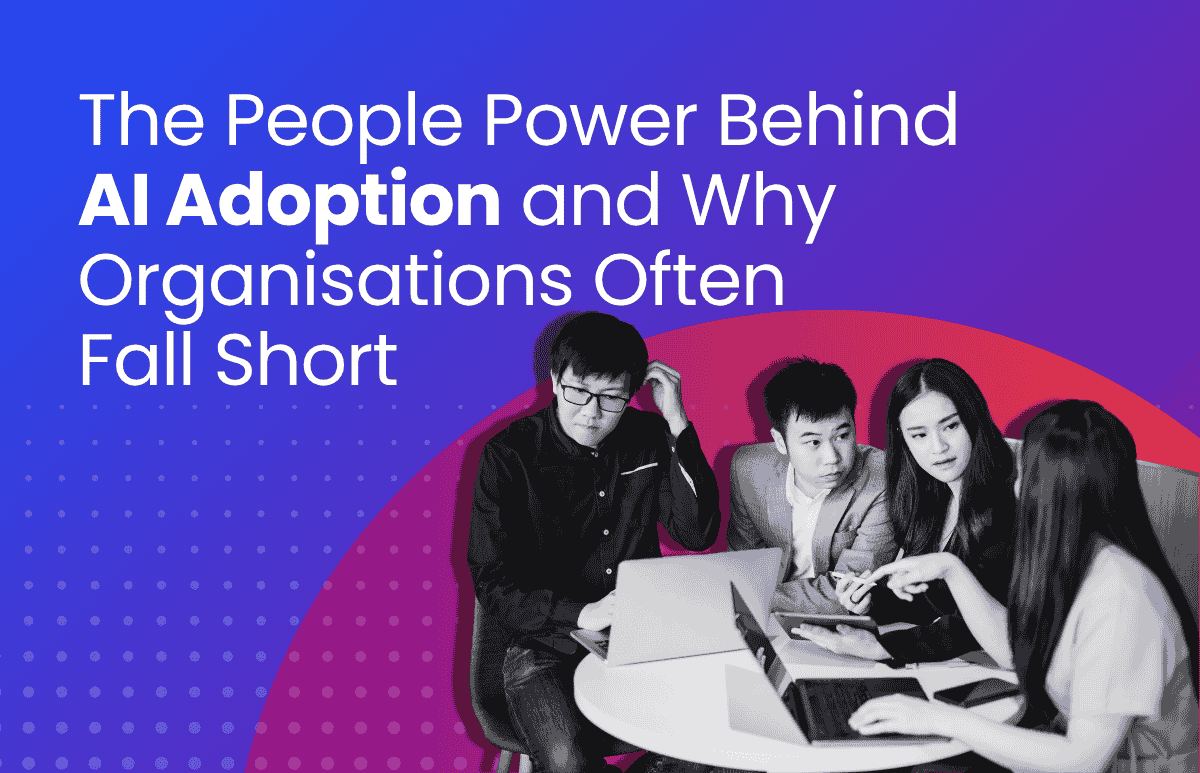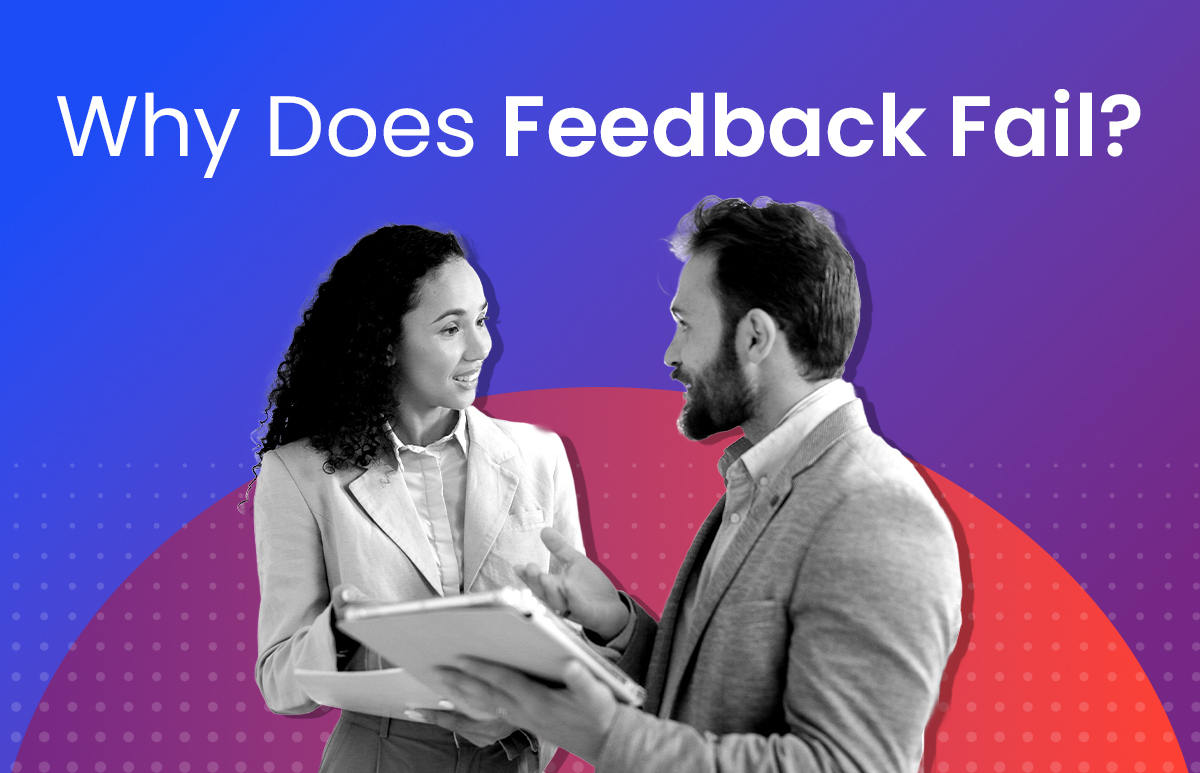Manufacturing HR Insights from ELMO’s 2025 HR Industry Benchmark Report
The latest HR Industry Benchmark (HRIB) report is in, and there’s plenty to unpack. This year, we discovered that HR leaders in manufacturing are facing significant shifts, from the rise of AI to evolving workforce expectations.
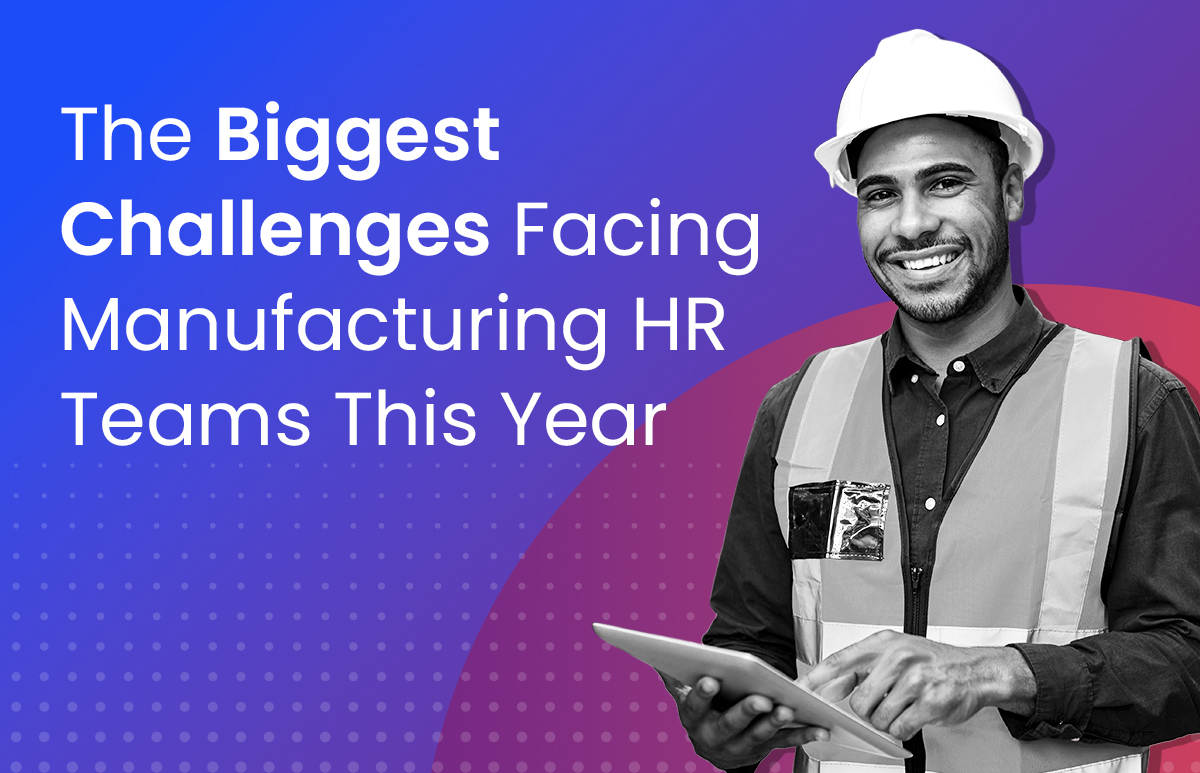
The manufacturing industry’s HR revolution has begun
With upskilling posing a challenge, hybrid work debates still unsettled, and a new generation of manufacturing employees entering the field, here’s what you need to know for 2025.
AI has firmly landed in manufacturing HR
AI is no longer just an emerging trend; it’s a reality that’s already reshaping HR operations across the manufacturing sector. The data shows that:
- 85% of HR professionals expect AI to have a significant impact on their department over the next year.
- 80% feel ready to integrate AI into HR processes.
- 60% of organisations are increasing their AI budgets in 2025.
AI can assist the manufacturing sector by:
- Streamlining admin tasks, recruitment, and workforce planning.
- Enhancing production scheduling, safety monitoring, and supply chain forecasting.
- Helping with skills gap analysis, employee engagement, and strategic decision-making.
It should be made clear, though, that rather than replacing jobs, AI will largely augment roles and increase productivity. This is enablement, not replacement. HR teams that actively embrace AI driven tools will gain a major competitive edge and put them in good stead for the years ahead.
However, AI can still pose challenges, as we discuss in our full report.
Hybrid work remains rather contentious
Five years on from the pandemic, we’re still seeing the hybrid work debate roll on. In our report, we found that currently:
- 33% require full-time onsite attendance.
- 47% operate hybrid models with 2-4 mandated onsite days.
- 8% allow fully remote work.
The search for the ideal balance continues, with 65% of organisations planning to revise their policies this year, and:
- 50% are implementing hybrid models.
- 12% are moving to five days onsite.
It’s increasingly clear that organisations that successfully align work policies with employee preferences will be better positioned to attract and retain top manufacturing talent.
Alternate benefits may be offered for those in manufacturing who are required to be onsite, such as on production floors.
The rise of the Gen Z workforce
Baby Boomers are retiring, and Gen Z are stepping into their shoes. By 2030, Gen Z will make up a third of the workforce. The challenge? Their expectations tend to differ substantially from previous generations.
HR professionals in manufacturing report
These are strong figures that tell us that organisations that don’t adapt their management approach may struggle to retain younger workers. According to our ongoing Employee Sentiment Index surveys, Gen Z employees across ANZ consistently rank flexible work as a top factor in workplace retention
HR emerges as a strategic force
We’ve found that HR professionals are seeing an increased level of collaboration between their Chief Human Resource Officer (CHRO or equivalent) and executive leadership:
- 64% report strong partnership with the Chief Financial Officer
- 62% see strong collaboration with the Chief Technology or Information Officer
This shift highlights HR’s growing role in:
- Aligning HR strategies with organisational goals
- Using financial data to drive workforce decisions
- Predicting and preparing for future workforce trends.
What are the biggest challenges in manufacturing HR for 2025?
While progress is evident, manufacturing HR professionals still face significant challenges, telling us that:
- 29% predict struggles with upskilling, cross-skilling, or reskilling employees.
- 28% see cyberthreats and data security as a major hurdle
- 26% identify a shortage of skills as creating issues.
These challenges highlight the need for a stronger focus on developing internal skills and overcoming the labour shortage through sharper recruitment and retention solutions.
Developing more robust data security systems and policies will also become essential, especially as increasing amounts of sensitive data is fed through AI systems.
Manufacturing HR wrap up for 2025
So, what did we learn? The HR landscape in manufacturing is evolving fast, with AI integration, hybrid work changes, and a new generation of workers reshaping the industry.
HR is taking a more strategic role, influencing leadership decisions, and tackling challenges like upskilling and labour shortages. Organisations that embrace AI responsibly, refine work policies, and adapt to Gen Z’s expectations will position themselves better for success in 2025.
 HR Core
HR Core 